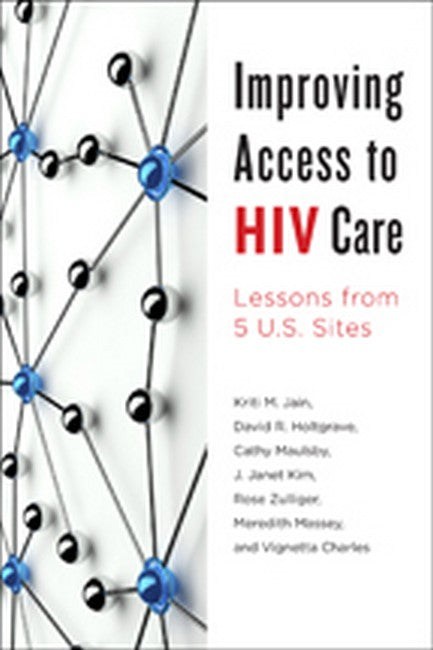The availability of combination antiretroviral therapy has changed the lives of millions of people living with HIV (PLWH), for whom a once fatal infection can now be a manageable chronic disease. Yet only 30 percent of PLWH in the United States are virally suppressed, and significant gaps in access to care persist. While programs to boost linkage to and retention in HIV care are critical to improving the health of PLWH, efforts to evaluate these programs are surprisingly scarce. Using cutting-edge implementation science, this book tackles the issue of how to better link and retain PLWH in ongoing primary medical care. A multipart case study examines successful strategies and provides detailed profiles of the organizations involved and their processes for reaching, linking, and retaining PLWH. Barriers to and facilitators of implementation are explored qualitatively, network analysis is used to assess changes in interagency collaboration among organizations serving PLWH, and evidence-based recommendations are offered for improving linkage to HIV care in the U.S.

